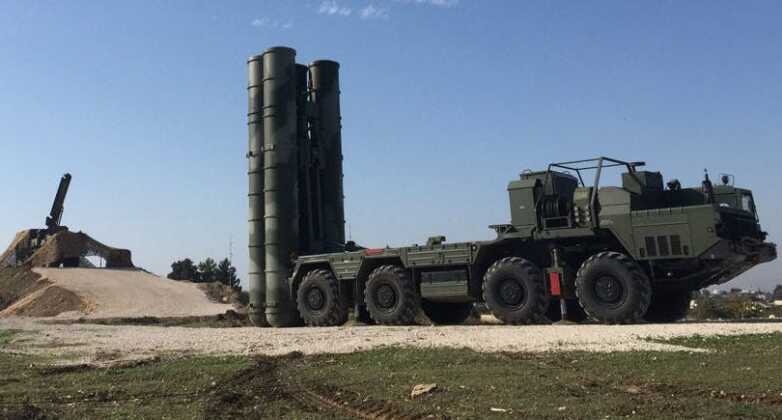News
Belarus Activates Second S-400 Air Defence Battalion: Providing Security Against NATO’s Growing F-35 Stealth Fleet
The Belarusian Defence Ministry announced on June 30 that the country’s air force had operationalised a new battalion of S-400 long range air defence systems. “Starting from today, the efficiency of air defences for the protection of the airspace of Belarus has increased significantly: a new battalion of S-400 Triumf systems has assumed combat duty,” the ministry reported, after it was confirmed in 2021 that new units would be received from Russia. Head of the Belarusian Air Force and Air Defence Troops Major General Andrey Lukyanovich commented regarding the new deployment that personnel operating the battalion have undergone training and honed their skills at the Kapustin Yar firing range in Russia, and were prepared for combat missions as required. The arrival of a new batch of S-400s in the country was announced on May 28. Before receiving S-400s Belarus relied on seven battalions’ worth of Soviet-built S-300PS systems as its only high altitude air defence assets, with these expected to remain in service to complement the newly acquired assets. Conflicting reports before the 2020s including a number from Russian state media indicated that Belarus may have already fielded some S-400s, or components such as radars from the system, to support its network. The latest battalion is thought to be the second Belarus has received this decade, with Belarusian and Russian S-400s having held joint exercises in May 2022.

The S-400 is currently in production on a scale sufficient to furnish multiple regiments per year, with each regiment comprised of two battalions and each battalion consisting of eight launch vehicles. Alongside Belarus S-400s have continued to be delivered to the Russian Aerospace Forces and to the Indian Air Force, with the latter receiving approximately four battalions’ worth per year. A battalion of S-400s sells on export markets for approximately $500 million, although Belarus is reported to have received the assets significantly cheaper due to its position in the Union State of Russia and Belarus, at similar rates to those the Russian Defence Ministry purchases the assets. Belarus has continued to rely heavily on Soviet era hardware due to its very small budget for new acquisitions, raising the risk by the late 2010s that its aerial warfare capabilities could become obsolete. This was partly addressed by the delivery of Su-30SM heavyweight fighter aircraft from 2018, albeit in very small numbers, with the S-400 providing an option with much lower operational costs allowing for acquisitions on a significantly greater scale than would be the case for fighter aircraft. The asset’s capabilities against stealth aircraft are particularly valued as NATO members continue to expand deployments of F-35 fighters to Eastern Europe, with Poland set to field F-35s by the end of the decade and looking to acquire a nuclear strike capability for these assets as part of a nuclear sharing agreement with the United States. S-400s are capable of targeting stealth aircraft by using multiple radars operating in complementary wavebands and from different locations to provide a much more detailed picture of the battlefield than other air defence systems.

Belarus’ orders for S-400s have been accompanied by acquisitions of Iskander-M tactical ballistic missile systems, which have also compensated for the limitations of Belarusian combat aviation by providing an advanced surface to surface strike capability. These two systems were acquired in the aftermath of major riots and protests in the Belarusian capital in 2020 which both Minsk and Moscow alleged had been organised by Western states to topple the Belarusian state and bring a NATO-aligned government to power. Facing escalating economic sanctions from the West and growing deployments of NATO forces on its borders, Belarus subsequently moved to strengthen security ties with Russia culminating in a nuclear sharing agreement signed in May. This paved the way for the deployment of Russian nuclear weapons to Belarusian territory which can be delivered by its new Iskander arsenal. S-400s deployed in Belarus are expected to be able to share data from their sensors with the Russian military, with their detection range of up to 600km against large aircraft providing deeper penetration into NATO territory from Belarusian soil. The possibility of Belarus deploying the new longer ranged S-500 system has also been raised by Belarusian officials, with the country’s location potentially making such deployments highly beneficial for Russian security interests. Alongside Belarus, Russia’s only other security partner on the continent Serbia in the late 2010s was considering S-400 acquisitions before Western pressure on the state led it to affirm that it would not consider making purchases.












